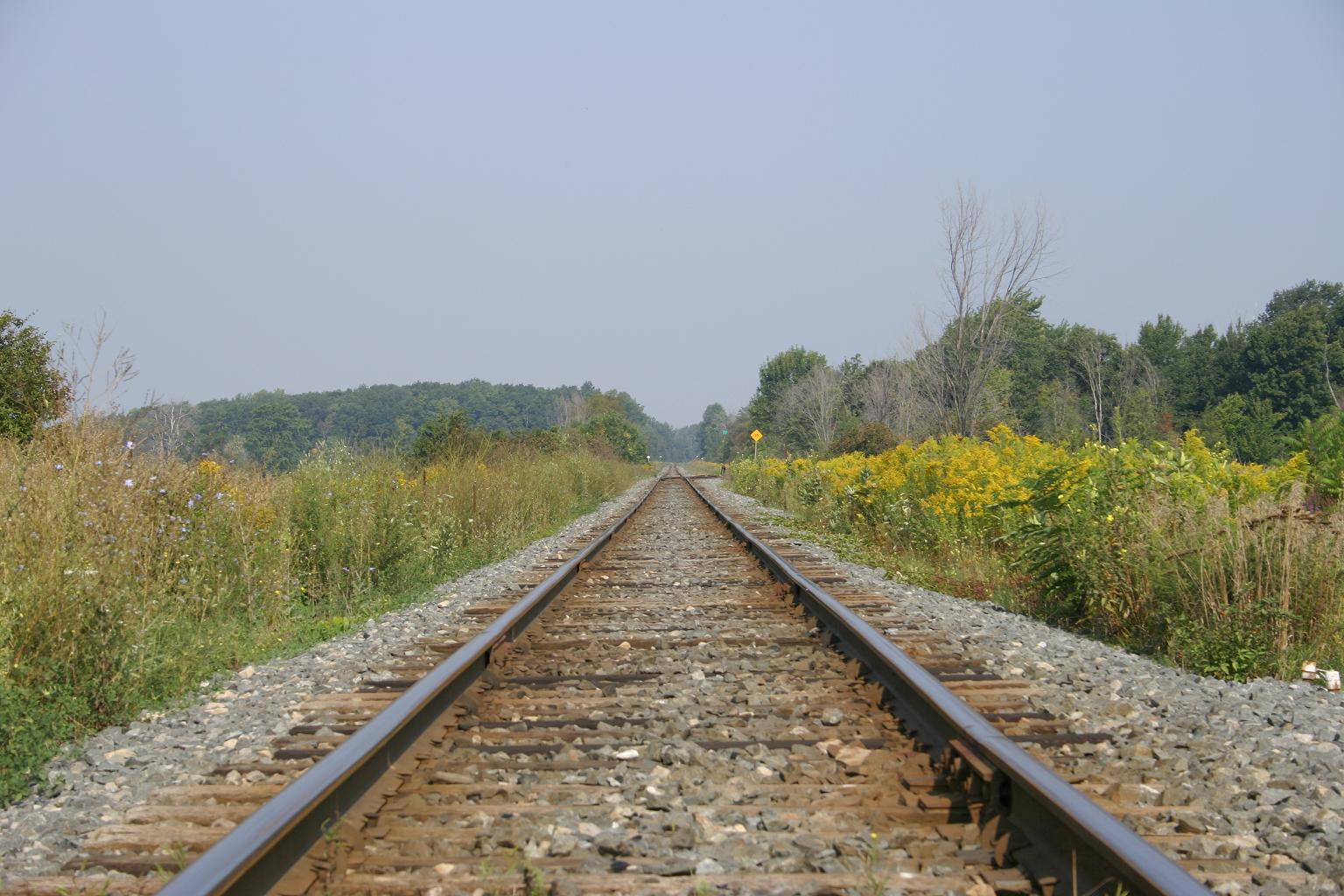 Recent expansion and improvements of the FrontRunner system are predicted to make commuting throughout the Salt Lake City area simpler and more efficient. So far, the public transit community has demonstrated an interest in becoming acquainted with the new options available to them. While those accustomed to old UTA schedules are likely to experience growing pains, the ultimate goal that public transit will be more accessible to a wider number of people seems well within reach.
Recent expansion and improvements of the FrontRunner system are predicted to make commuting throughout the Salt Lake City area simpler and more efficient. So far, the public transit community has demonstrated an interest in becoming acquainted with the new options available to them. While those accustomed to old UTA schedules are likely to experience growing pains, the ultimate goal that public transit will be more accessible to a wider number of people seems well within reach.
FrontRunner’s customers are not the only ones affected by a growing rail system in northern Utah—those crossing railroad tracks in cars, bicycles, or on foot also have cause for concern in the operation, upkeep, and prevalence of trains in the counties served by UTA. In one sense, these people have more cause for interest in FrontRunner, since it is those outside the train most commonly killed or injured: in 2011-2012, train accidents in Utah caused 12 deaths and injured 27 people.
The growing pains associated with Utah’s rail system should not have to include human tragedies. Listed below are the people and mechanisms that must make provisions for the safety of all those who come in contact with trains, be they passengers or pedestrians:
Table of Contents
1. Train Operators
In general, it takes trains moving 55 miles per hour 1 mile to come to a complete stop. This means that the operator of a train is accountable not only for keeping the train steady and on the tracks, but also for making sure that they don’t do anything to compromise their reaction time (which, in many scenarios, is the only thing they have to prevent train accidents). Substance abuse, fatigue, and distraction are all known to reduce reaction time. Every driver owes attention and alertness to the road. The drivers of multi-car powerhouses carry an even more onerous responsibility.
2. Other Drivers
The infamous “other driver” can, in addition to executing illogical maneuvers, cause or exacerbate train accidents. One reason to give train tracks extra space while waiting for the arms to lift is because a sudden impact could send your car careening on/into the tracks—if someone is riding your bumper or fails to notice you stopping and rear-ends your vehicle, for instance. It isn’t just the passengers of motor vehicles who are at risk for flying into trains’ paths: in February, a 69-year-old man was knocked onto a railroad track by an SUV before getting hit by the train. The road’s inherent hazards are serious enough without inattentiveness near railroad tracks.
3. Fences
Railroad tracks are commonly classified as an “attractive nuisance. That is, they tend to strike those with a limited understanding of consequences as a fun place to play. In April 2010, a beloved, gregarious 14-year-old boy was killed when he was able to crawl under a fence in an attempt to cross a FrontRunner track. The train was moving, and he perished instantly as it whizzed along at top speed. With the new rail lines come a responsibility to keep them as secure as possible.
4. Crossing Gates
In November 2011, Jill Welch experienced an extremely close call when the crossing gates that had opened to allow her passage across a FrontRunner track started to close as she crossed. When the train was “a few yards” to her left, she somehow managed to back the car off the tracks, escaping unharmed. Thanks to Jill’s incredibly quick thinking under pressure, she evaded imminent disaster. Hopefully, her experience has called sufficient attention to an apparent problem that other drivers will not face such a horrific prospect.
The effects of a train accident can be traumatizing to the victim and jarring to their loved ones. The ordeal is more than enough without the added stress of covering accident costs without adequate help. If you or a family member have been involved in a train accident, and feel unable to dig themselves out of the hole, no matter how they exert themselves, the aid of a skilled personal injury attorney like those at Good Guys Injury Law may be able to help. They offer initial consultations at no charge and legal services for a fair contingency fee to ensure that they do not add to existing financial burdens. For train accident advice, call Good Guys Injury Law at (801) 506-0800.
Image courtesy of Martin Cathrae